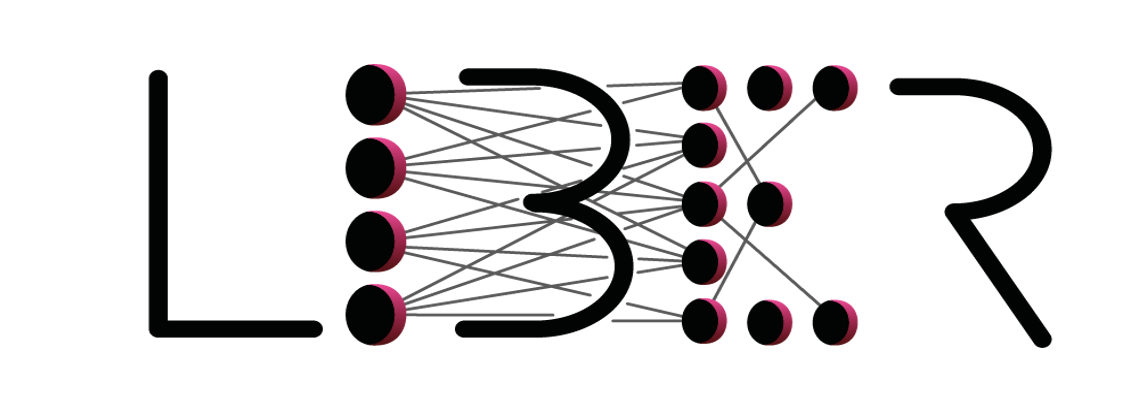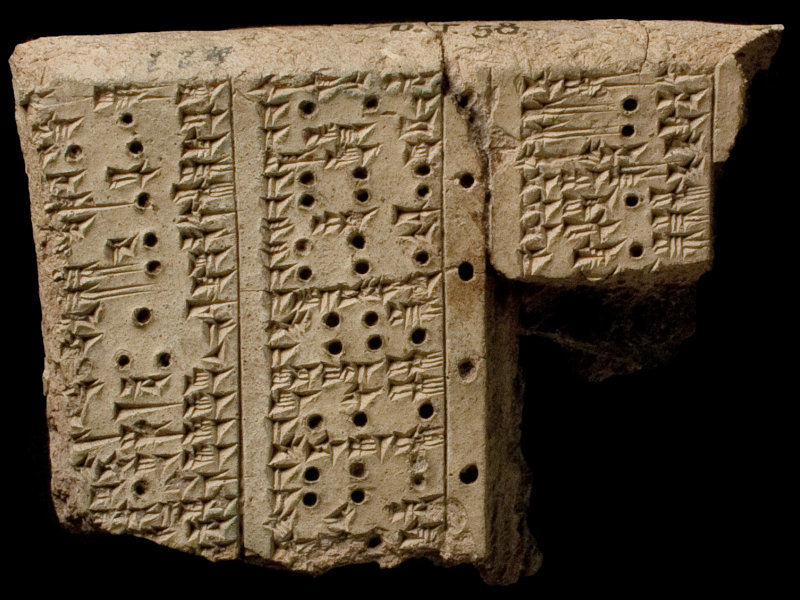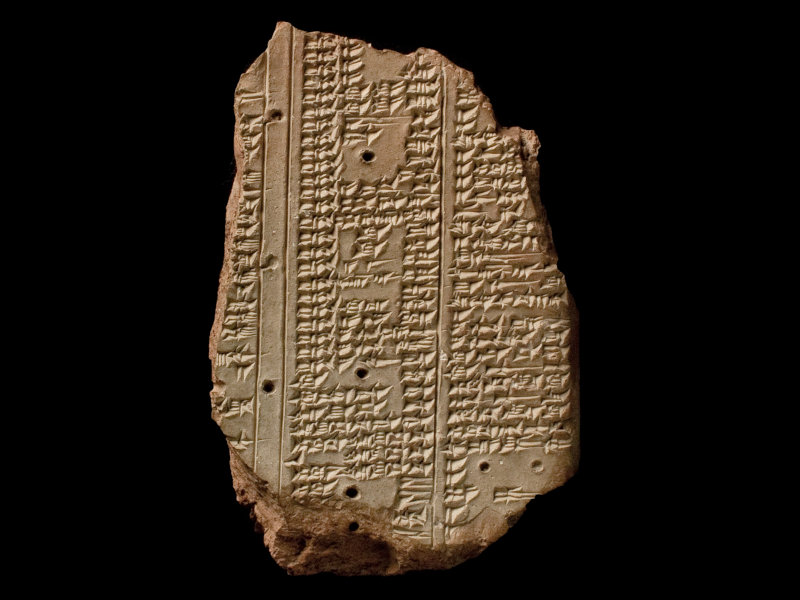LIBER
The King's Librarians at Work
Applying Machine Learning and Computer Vision to the Study of Scribal Marks on Cuneiform Tablets
Among the 30,000 cuneiform tablets that make up the famous Library of Ashurbanipal, a substantial number of literary and scholarly texts include holes placed on the surface alongside the written text and/or the edges. Different theories on their function have not led so far to a systematic study of these marks.
The project aims at continuing a preliminary investigation that suggests the existence of different sets of holes and a possible meaningful connection with the textual content of the tablets where they appear.
The understanding of their genesis and function will also shed light on the procedures and mechanisms underpinning the Library's formation, its ordinary management by the king's librarians and the scribes’ work.
The analysis will be carried out in partnership with the Dept. of Middle East of the British Museum and the Center for Cultural Heritage and Technology of the IIT.
About
"I have read cunningly written texts in obscure Sumerian and Akkadian that are difficult to interpret. I have carefully examined inscriptions on stone from before the Deluge that are sealed, stopped up (and) confused."
Ashurbanipal Assyrian Tablet 2 (K 02694 + K 03050), ll. i 17'-18'
Such is the claim to scribal competence of Ashurbanipal, the 8th century BC Assyrian king, whose name came to be immortalized in that of the most famous and fabulous library of the ancient world, i.e. the Library of Ashurbanipal.
The approximately 30,000 tablets and fragments found in Nineveh – now part of the collections of the Department of the Middle East of the British Museum – represent only a fraction of the original contents of that remarkable collection.
Among the clay tablets that formed the Royal Library, a substantial number of literary and scholarly texts include holes of different shapes (usually round, but also triangular, square and almond shaped) placed on the surface alongside the written text, and/or the (unwritten) edges.
One theory holds that these holes were marked on the tablets in order to prevent their exploding during the baking process (thus, the usual label "firing holes"); another that they were used to prevent alteration of the text on the unwritten parts of its surface. A third, that at least part of them, usually found in nice patterns, served a purely decorative function and might have become a matter of tradition.
Assyriologists in the past have paid in general only little attention to the role and function of "firing holes", having focused primarily on deciphering and editing the textual content of the tablets. Only recently, as a result of an increased interest in the materiality of tablets, new light has been shed on the weaknesses of the prevailing hypotheses on the "firing holes". Thus, the function of the so-called "firing holes" remains elusive, and their systematic analysis is still a desideratum.
LIBER aims to systematically re-evaluate the function of the "firing holes", by taking into consideration a coherent and homogenous group of tablets as a sample.
The project’s goal is to verify for the first time if and to what extent firing holes represented scribal or librarian marks of any kind: such systematic exploration may, in turn, help us better understanding the procedures underpinning the Royal Library’s formation, its ordinary management by the king’s librarians as well as the work of the scribes who produced the manuscripts which entered it.
Research
Objectives
The main purpose of the project is to offer the first systematic study of a coherent and homogenous sample of cuneiform tablets marked with different types of firing holes.
By means of the collaborative efforts between the disciplines of Assyriology and Machine Learning, the project aims at investigating if and to what extent the different holes and their specific patterns and location on the tablets represent clues to clarify the different stages of scribal and librarian work on the texts (from its production, to copying, from retrieving tablets to consulting and relocating them).
The mapping process will be automated on the sample datasets with the goal of defining a pipeline to be later on applied to a much larger group of tablets. This will be performed by developing a bespoke hole detection solution that builds from current techniques for object detection in Deep Learning (Convolutional Neural Networks - CNN).
Several statistical approaches will be employed to analyze the possible meaning of the firing holes. Firstly, looking at their layout, and secondly their correlation with metadata describing purpose of tablet and other curator annotations.
The project will address the question of what was the function (or the functions) of the so-called ‘firing holes’, additionally moving in search for a new and more appropriate denomination for these marks.
The correlation between the holes and metadata such as the purpose, content and layout of the tablets where they appear will serve as a platform for investigating how king Ashurbanipal’s scribes and librarians worked, handled, managed and copied the tablets stored in the Library of Nineveh.
Impact
One of the most important outcomes of the project is its serving as a pilot to show the potential of the analysis of the hole-shaped marks on cuneiform tablets from a library context. It is thus especially designed to provide a methodology and results that can be tested also against larger samples.
Overall, the project which requires a collaborative team and an interdisciplinary methodology, is novel in that it is intrinsically cross-disciplinary between the two fields of the Humanities, in particular Assyriology and the ICTs. With its approach it aims at changing the traditional way in which Assyriologists study clay tablets, which often separates the textual analysis from its material context, bringing in the added value of the machine learning and computer vision approach.
Further, its aims at impacting on the field of the history, copying and cataloguing of (very ancient, ante-litteram) books, unveiling how the scribes and librarians of the most famous and fabulous ancient library worked.










